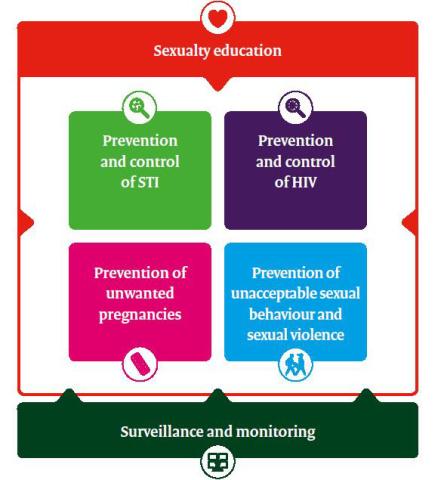According to the GGD South-East Brabant, STI(Sexually transmitted infections) infections among young people in the region are on the rise, especially gonorrhoea. However, the government has decided that chlamydia, the most common STI, will no longer be routinely tested in 2025.
Chlamydia
The policy is changing because of new knowledge about STIs. For years, chlamydia was considered a dangerous STI that can cause infertility, but the RIVM now thinks otherwise. This policy is based on several studies, such as a population survey of women who have (had) an STI infection. Nevertheless, health professionals in Eindhoven are questioning the new testing policy.
Gonorrhoea
In 2023, GGD Brabant Zuidoost diagnosed gonorrhoea in 381 young people under 25, an increase of 37.5 percent compared to 2022. However, this figure is not complete, as young people can also be tested through their general practitioners, where a similar number of infections were detected. It is estimated that around eight hundred young people in our region contracted gonorrhoea last year. Gonorrhoea is therefore a growing problem in the region, but it is not the most common STI in the Netherlands. In 2023, 24,048 cases of chlamydia were diagnosed – a much higher number.
Contradictory
Nationally, the total number of people testing positive for chlamydia is not increasing, but among young people up to the age of 25 it is, as is gonorrhoea. “I understand that it seems contradictory that we no longer routinely test for chlamydia at GGD, but this is a national policy that we have to follow,” a GGD spokesperson says. Research by the RIVM on thousands of women has shown that antibiotics are often prescribed too quickly. With the new testing policy, we want to avoid overtreatment, which can lead to antibiotic resistance.
The research also shows that chlamydia infection is much less dangerous than previously thought. The central government says that chlamydia has only a small chance of reducing fertility. In addition, the STI often disappears on its own without any harmful consequences. According to the RIVM, testing and treating chlamydia without symptoms does not contribute significantly to the health of the population.
Infections on the rise
But there are doubts about whether the policy is working. “I’m not really happy about it,” says an STI clinic worker who wishes to remain anonymous. If fewer young people are being tested for chlamydia as standard, the number of infections will logically rise. Many people have no symptoms but do have the STI. And the GGD is an important place for young people to get tested, the clinic says, because it is more anonymous than, say, a GP’s surgery. So what other places are there to get tested? In the short term this scheme might work, but in the long term I expect to see a very large increase in the number of chlamydia infections and therefore people with symptoms”.
Source: Studio040.nl
Translated by: Anitha Sevugan
















